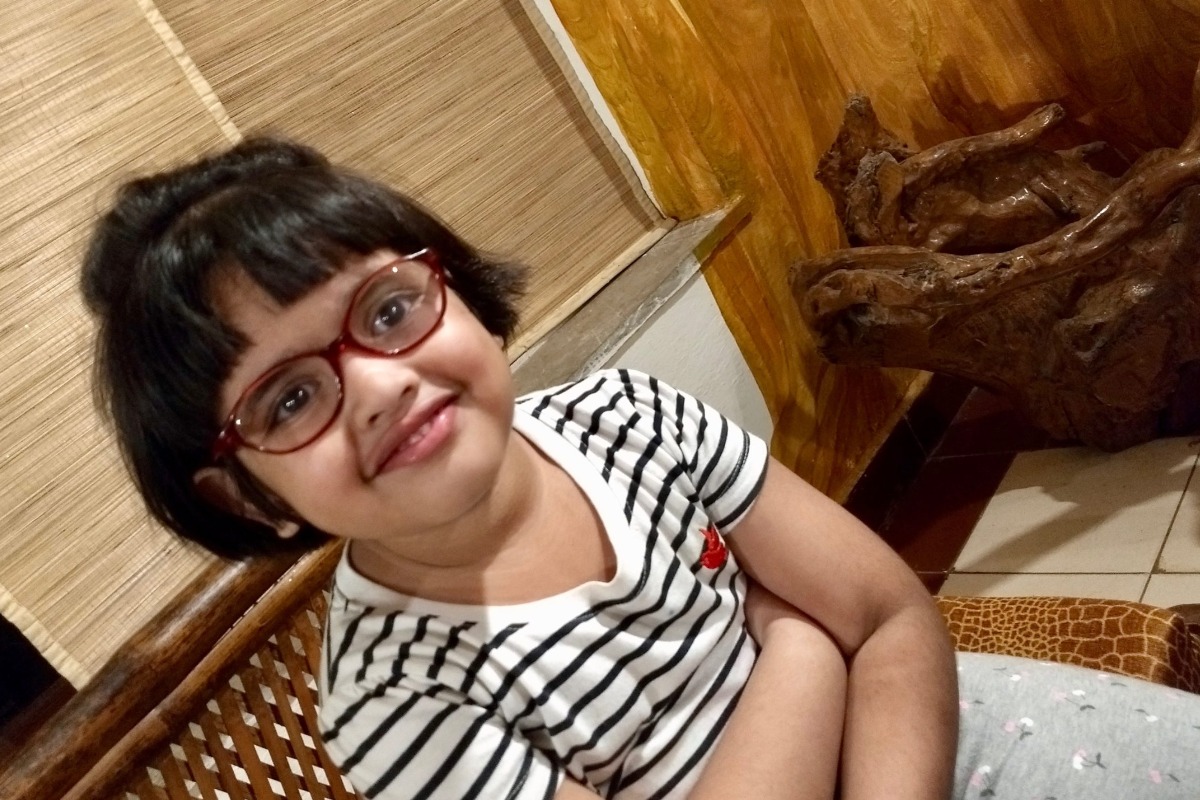If you’re rocking a pair of glasses for nearsightedness (aka myopia), chances are you’ve either grown attached to your specs or you’ve made peace with them being the first thing you touch every morning. But let’s set the record straight: while glasses correct your vision, they don’t stop myopia from getting worse. Yes, you heard that right—spectacles may help you see clearly, but they don’t hit the brakes on your growing prescription. That’s where myopia control steps in, and trust us, it’s not as boring as it sounds!
What Is Myopia, Anyway?
Let’s do a quick eye crash course. Myopia is when distant objects look blurry because the eyeball grows too long (yep, the eye actually elongates). This causes the image to focus in front of the retina instead of directly on it. It usually starts in childhood and tends to increase as kids grow. Without intervention, it can keep progressing, leading to stronger glasses and more eye health risks later on (we’re talking about things like retinal detachment, glaucoma, and other fun-free stuff).
But I Already Wear Glasses – Isn’t That Enough?
We get this all the time. Glasses are great – they correct vision, help you function, and give you that cool intellectual look. But think of them like a band-aid. They cover up the issue without stopping it from getting worse. Myopia control, on the other hand, is like preventive medicine—it tackles the root problem and helps slow down the progression of myopia.
So yes, you can (and should) still wear your glasses. But if you’re serious about stopping the “power climb,” you’ll want to add a bit more science to the mix.
How Can We Control Myopia?
Glad you asked! Here’s where it gets exciting:
1. Myopia Control Glasses
Yes, special glasses exist that do more than correct vision—they also signal the eye to slow down its growth. These lenses have zones that focus peripheral light in a way that reduces the stimulus for the eyeball to elongate. They look just like regular glasses, so no one will know you’ve got superhero specs on!
2. Contact Lenses That Do More
Soft myopia control lenses and Ortho-K (overnight lenses that reshape the cornea while you sleep) are other great options. But if you’re already wearing glasses and prefer to stick to them, those special myopia control lenses are your jam.
3. Outdoor Time
Believe it or not, sunshine is a secret weapon. Spending at least 2 hours outside every day reduces the risk of developing and worsening myopia. It’s the cheapest and most natural treatment out there!
4. Screen Smarts
We live in a digital world, and our eyes are paying the price. Follow the 20-20-20 rule: every 20 minutes, take a 20-second break to look at something 20 feet away. Your eyes will thank you!
Why Should Spectacle Wearers Care?
Because stronger prescriptions don’t just mean thicker lenses—they mean a higher risk of eye diseases in the long run. Slowing down myopia progression protects not just your vision, but your eye health for decades to come.
And hey, imagine the joy of going years without needing to update your glasses! That’s a win for your wallet too.
Is Myopia Control Just for Kids?
It’s most effective when started early (think ages 6–14), but that doesn’t mean older teens or young adults can’t benefit. If your prescription is still changing every year, it’s worth exploring your options.
Final Word: Time to Level Up Your Glasses Game
If you or your child is already wearing glasses for myopia, that’s step one. But why stop there? Talk to an eye care professional about myopia control options tailored to your needs. Your future eyes will thank you!
So keep rocking those specs—but make sure they’re doing more than just helping you see. Let them help you see the future more clearly—literally and figuratively.

